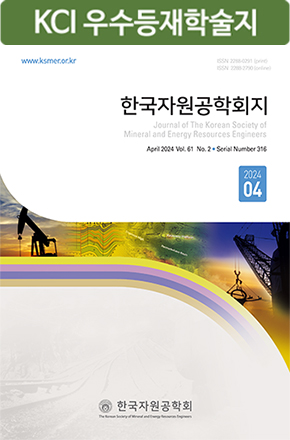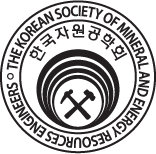Research Paper
- Bean, C.P., DeBlois, R.W. and Nesbitt, L.B., 2004, “Eddy‐Current Method for Measuring the Resistivity of Metals,” J. of Applied Physics, Vol. 30, No. 12, pp. 1976-1980.
- Bowler, N. and Huang, Y., 2005a, “Electrical conductivity measurement of metal plates using broadband eddy- current and four-point methods,” Measurement Science and Technology, Vol. 16, No. 11, pp. 2193-2200.
- Bowler, N. and Huang, Y., 2005b, “Model-based characterization of homogeneous metal plates by four-point alternating current potential drop measurements,” Magnetics, IEEE Transactions on, Vol. 41, No. 6, pp. 2102-2110.
- Bowler, N., 2006, “Theory of four-point direct-current potential drop measurements on a metal plate,” Research in Nondestructive Evaluation, Vol. 17, No. 1, pp. 29-48.
- Bowler, N., 2011, “Four-point potential drop measurements for materials characterization,” Measurement Science and Technology, Vol. 22, No. 1, p. 012001.
- Bowler, J.R., Huang, Y., Sun, H., Brown, J. and Bowler, N., 2008, “Alternating current potential-drop measurement of the depth of case hardening in steel rods,” Measurement Science and Technology, Vol. 19, No. 7, p. 075204.
- Kim, Y. and Choi, Y.K., 1999, “Experimental verification on factors affecting core resistivity measurements,” J. of the Korean Geophys. Soc., Vol. 2, No. 3, pp. 225-233.
- Lee, S.K. and Lee, T.J., 2008, “Electrical resistivity versus water contents of core samples from a geothermal borehole in Pohang, Korea,” J. of the Korean Society of Mineral and Energy Resources Engineers, Vol. 45, No. 5, pp. 526-535.
- Lee, S.K. and Lee, T.J., 2009a, “Characteristics of electrical resistivity of cylindrical cement core with respect to the conductivity and contents of pore water,” J. of the Korean Society of Mineral and Energy Resources Engineers, Vol. 46, No. 5, pp. 553-562.
- Lee, S.K. and Lee, T.J., 2009b, “Electrical resistivity of cylindrical cement core with successive substitution by electrolyte of different conductivity,” Jigu-Mulli-wa- Mulli-Tamsa, Vol. 12, No. 4, pp. 328-337.
- Lee, S.K., Lee, T.J. and Sung, N., 2009, Holder for measuring electrical resistivity and apparatus for measuring electrical resistivity, Patent 10-0926318, Republic of Korea.
- Lee, S.K. and Lee, S.K., 2010, “The prototype study of resistivity and porosity measurement for the sample collected near marine hydrothermal deposit,” Jigu-Mulli- wa-Mulli-Tamsa, Vol. 13, No. 4, pp. 378-387.
- Lee, T.J. and Lee, S.K., 2014, “Characteristics of electrical resistivity of dry sandstone with respect to temperature and humidity,” J. of the Korean Society of Mineral and Energy Resources Engineers, Vol. 51, No. 1, pp. 30-40.
- Lee, S.K., Lee, T.J. and Kim, H.C., 2013, “Electrical resistivity measurements of ultra-high resistivity materials by voltmeter-ammeter method,” J. of the Korean Society of Mineral and Energy Resources Engineers, Vol. 50, No. 4, pp. 512-524.
- Park, S.-G., 2004, Physical property factors controlling the electrical resistivity of subsurface, Mulli-Tamsa, Vol. 7, No. 2, pp. 130-135.
- Park, M.-K., 2005, Laboratory study on the electrical resistivity characteristics with contents of clay minerals, Mulli-Tamsa, Vol. 8, No. 3, pp. 218-223.
- Zimmerman, J.E., 2004, “Measurement of electrical resistivity of bulk metals,” Review of Scientific Instruments, Vol. 32, No. 4, pp. 402-405.
- Publisher :The Korean Society of Mineral and Energy Resources Engineers
- Publisher(Ko) :한국자원공학회
- Journal Title :Journal of the Korean Society of Mineral and Energy Resources Engineers
- Journal Title(Ko) :한국자원공학회지
- Volume : 51
- No :4
- Pages :491-502
- DOI :https://doi.org/10.12972/ksmer.2014.51.4.491



 Journal of the Korean Society of Mineral and Energy Resources Engineers
Journal of the Korean Society of Mineral and Energy Resources Engineers








